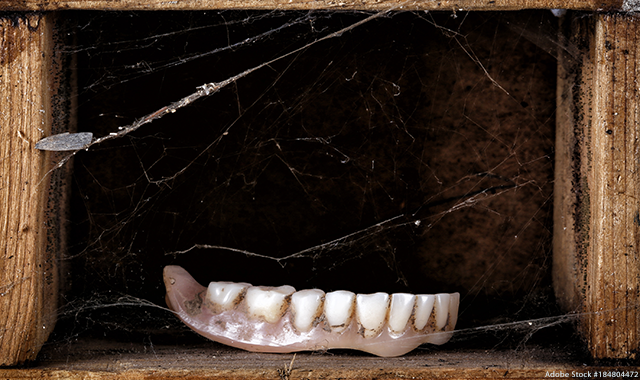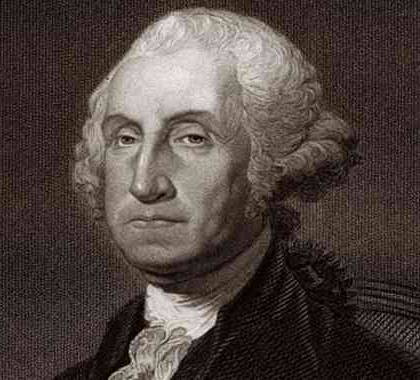The fascinating history of dentures
A historical quick bite: 2,700 years of history in 400 words.

For most people, the history of dentures probably starts with the schoolyard tale of George Washington and his wooden teeth. But dental professionals - especially lab techs and denturists - know that there’s much more to the story.

Dentures trace their roots back to around 700 BC when the Etruscans of ancient, northern Italy made the first false teeth out of human or animal teeth. These were not long-lasting appliances, however. They quickly deteriorated, but were easy enough to produce and remained the standard until the 1700s. While Etruscan dentures were made with human or animal teeth, in the 1700s materials improved with the introduction of walrus, elephant and hippopotamus ivory.
Processes and materials once again changed in the 1770s. French dentists were displeased with ivory and turned to one piece, “incorruptable” dentures, made out of porcelain. To give the appearance of natural teeth, each tooth was individually hand-painted. Unfortunately, those dentures were brittle, lacked esthetics, and shrink when they were fired.
Back to George Washington and his famous dentures: That schoolyard fable of our first president’s teeth being made out of wood is far from the truth. The fact of the matter is that President Washington’s dentures were the most quality, top-of-the-line prosthodontics available in the mid-1700s. His dentures were comprised of a carved hippopotamus ivory plate into which human teeth – along with parts of both horse and donkey teeth – were placed.
Related reading: Presidential false teeth: The myth of George Washington's dentures, debunked
While the use of porcelain teeth aimed to provide a more durable, esthetic material, human teeth remained widely used. The grisly reality was that human teeth – also known as “Waterloo teeth”, so-called because they were harvested from as many as 50,000 dead soldiers after the 1815 battle of Waterloo – were at much higher demand. Waterloo teeth were affixed into an ivory base. In addition to Waterloo teeth, human teeth were extracted from executed criminals, or even sold by poor people who were desperate to make some money.
In 1820, Claudius Ash, English silversmith and goldsmith, honed the process further by mounting porcelain teeth on 18 karat gold plates with gold springs and swivels. These were superior both esthetically and functionally to older models, but were notoriously difficult to clean.
Denture bases got a quality upgrade in 1850 with the introduction of vulcanite, a form of hard rubber into which porcelain teeth were set. In the 20th century, acrylic resin and other plastics became the materials of choice. The latest chapter in the evolution of dentures in being written now with the advent of CAD/CAM and 3D printing.
